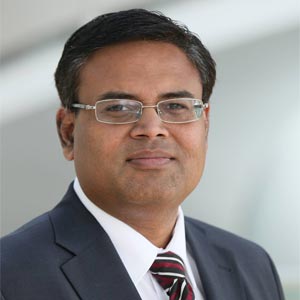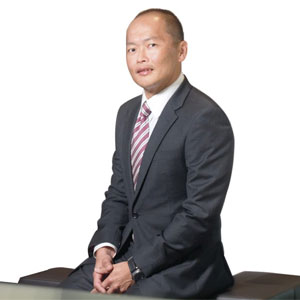THANK YOU FOR SUBSCRIBING

Points of Focus for CIOs to Succeed in the Next Decade and Beyond
Dr. Joseph Frassica, CMIO/CTO, Patient Care and Monitoring Solutions, Philips Healthcare


Dr. Joseph Frassica, CMIO/CTO, Patient Care and Monitoring Solutions, Philips Healthcare
CIOs at small, but rapidly growing life sciences and health care companies have a lot on their plates: they’re juggling multiple priorities and trying to outpace the competition, all while their businesses go through positive, but occasionally abrupt growth spurts. Strained financial resources can only exacerbate the challenge, and CIOs must make tough choices when it comes to prioritizing where to invest their limited resources. To be successful, CIOs must focus on three main points: move beyond short-term solutions, focus on infrastructure, and ensure staff is educated on IT systems.
By definition, technology is always evolving, and new ideas are constantly challenging the technology status quo. But to be successful, a CIO—particularly a CIO for a smaller company—can’t just be swayed by the latest technology or flashiest app. I understand the impulse, I find myself in line with every new hardware and software release from certain companies. Sometimes this puts me on the cutting edge and at other times it actually pushes me a step backward. This is especially difficult when financial resources make short-term solutions (like constantly upgrading or patching up existing technologies, versus a new deployment) more appealing.
"CIOs must focus on three main points: move beyond short-term solutions, focus on infrastructure, and ensure staff is educated on IT systems"
Not every company has the same priorities, nor are they going to make the same decisions about what kind of infrastructure will be the most meaningful for their business in the long-term. However, every CIO in the life sciences industry should be thinking first about one thing: does this infrastructure allow us to share data, scale as needed, and extract the kind of insights that drive our work, all while maintaining the highest standards in privacy and security? From my experience in the healthcare industry, I know that it’s easy for data to get locked away in a silo, where its potential use is stymied. If that underlying infrastructure is not interoperable with other technologies, it will be harder for employees and customers to extract insight and data. A focus on standards for the sharing of data among systems and users is critical to successfully extracting the most value from the data we generate. Where there isn’t an industry standard, I would advise generating support for creating one. For this reason, Philips chairs or co-chairs more than twenty different industry standards committees. For any CIO, before investing in infrastructure, it is critical to look at how it facilitates seamless sharing of information.
Within smaller companies, the work of maintaining current technology and implementing new enterprise-wide solutions tends to fall on a smaller group of professionals, many of whom are wearing multiple hats. Because of the comparatively smaller size of the IT team, CIOs for growing businesses need to make sure that employees like researchers or clinicians have a solid understanding of the technology used in the company, as well as all of the ways it can be used to increase collaboration or even innovation. The upfront cost of fully training employees on newer technologies is worth the time and resources to reap significant benefits from your investment.
While these investment decisions can be difficult to make, thinking long-term about technologies, integration and training can help growing life sciences companies outpace their larger competitors.












